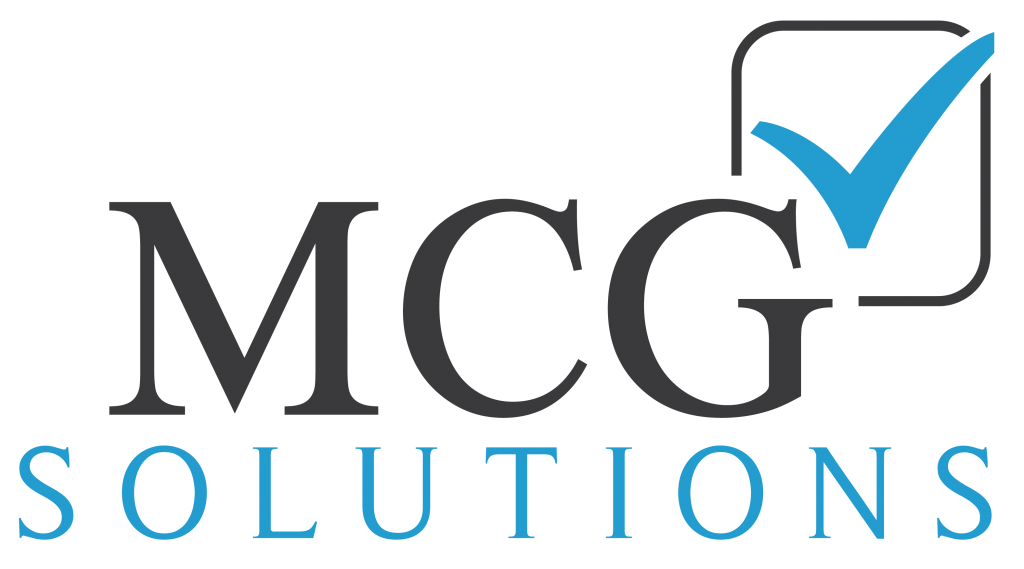Bookkeeping for nonprofit businesses is mostly similar to bookkeeping for for-profit businesses: both require accurate tracking of income and expenses. Because nonprofits enjoy advantages like tax-exemption due to their designation, they are also subject to a few more rules and standards when managing their books.
Nonprofits benefit from high public confidence given their charitable mission. To protect that public trust and continue serving their mission, it’s critical that nonprofits practice good financial stewardship. Nonprofits are accountable not only to the IRS, but also to donors, volunteers, service recipients and their community.
Below are some factors to keep in mind when managing financial records for a nonprofit organization.
Nonprofit designation
By definition, nonprofits reinvest their profits back into the organization rather than distributing earnings to shareholders or leadership. There are 29 types of nonprofit organizations under Internal Revenue Code Section 501(c), ranging from public charities or 501(c)(3)s to local credit unions under Section 501(c)(14). Nonprofits enjoy tax-exempt status with the IRS, meaning they do not pay income tax on their earnings. Only public charities with 501(c)(3) status can offer donors a tax deduction for their contributions.
In exchange for these benefits, nonprofits are governed by a board or voting members. Nonprofits are expected to be financially transparent, meaning their accounts must be flawless. “Nonprofit” doesn’t mean the organization cannot earn money, but nonprofits must be able to demonstrate how they are using their revenue to further the organization’s mission.
Adherence to accounting standards
Many of the same accounting standards that apply to for-profits also apply to non-profits. The Financial Accounting Standards Board (FASB) and American Institute of Certified Public Accountants (AICPA) both publish generally accepted accounting principles for nonprofits. FASB statements 116 and 117 concern recording and tracking donor revenue, and which financial statements nonprofits are required to use.
Tracking revenue and expenses
Contrary to the name, nonprofits generate revenue. Unlike for-profits, nonprofit revenue comes from charitable donations, whether from individual givers, fundraising drives or large grants. According to FASB 116 charitable donations must be categorized in the organization’s finances as either unrestricted, temporarily restricted or permanently restricted. Many nonprofits also generate revenue from selling event tickets and products, with proceeds benefitting their programs.
Nonprofits face many of the same expenses as businesses, including rent, marketing and payroll. While volunteers may be the face of many nonprofits, they also have staff ranging from small organizations to a complex network of leadership and field offices. FASB 117 requires nonprofits to group expenses as one of three categories: management and general; program and fundraising; or membership development.
Managing net assets
Like a for-profit, nonprofit leaders want to know that their revenue exceeds expenses. Because nonprofits don’t technically generate profits, excess revenue is called “net assets.” Net assets are the organization’s assets less their liabilities. Assets include cash, property and investments, while liabilities are the organization’s debts. Accurate bookkeeping lets the nonprofit board and leadership know whether their operation is sustainable, and whether they have room to expand their services.
Looking for a bookkeeping professional to manage your nonprofit business? Contact us at MCG Solutions today to get started.

